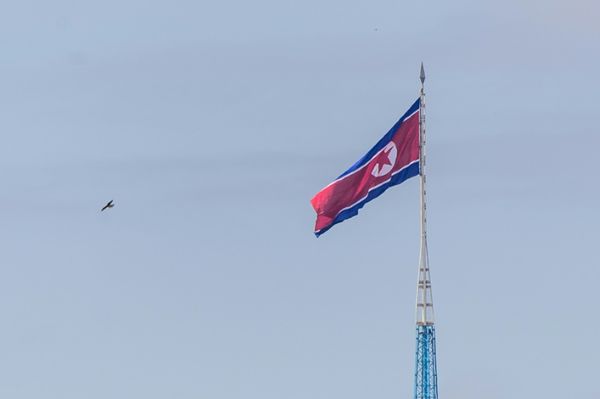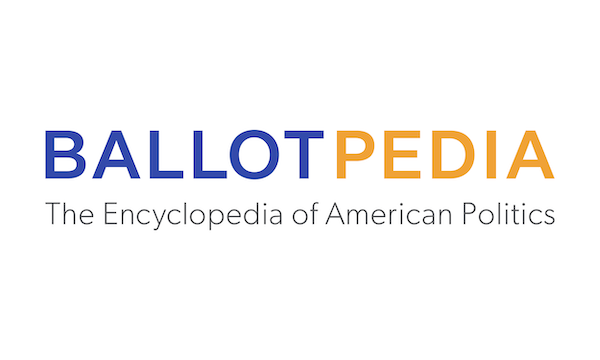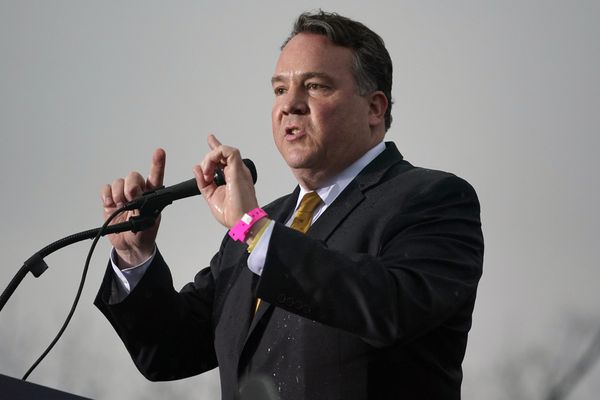Welcome to the Tuesday, May 10, Brew.
By: Douglas Kronaizl
Here’s what’s in store for you as you start your day:
- Number of contested Democratic legislative primaries down 8.8% in 2022
- It’s Primary Day in Nebraska and West Virginia
- Idaho Republican gubernatorial primary features incumbent governor versus lieutenant governor for first time since 1938
Number of contested GOP legislative primaries up 73% in 2022
The number of contested Republican state legislative primaries is up 73% this year compared to 2020. Democratic primaries are down 8.8%, and top-two/four primaries are up 18%. Overall, the number of state legislative primaries is up 38%.
These are the most recent figures from Ballotpedia’s research into the competitiveness of state legislative elections. To date, we’ve collected primary election competitiveness data from 14 states that held elections in 2020. These states account for 1,662 of the 7,385 state legislative seats up for election this year (23%).
We count primaries as contested when more candidates file to run than nominations available, meaning at least one candidate must lose.
Seven states in this analysis have Republican trifectas, three have Democratic trifectas, and three have divided governments.
Of the 14 states in this analysis, 12 are holding partisan primaries. Two states—California and Nebraska—use top-two primaries.
In addition to a state’s political makeup and party activity, redistricting is another reason for an increase in primary competitiveness.
After redistricting, some states—like Arkansas—hold elections for every district, while in other years, fewer districts are up each cycle. This creates more opportunities for primaries to occur. Or, like in West Virginia, redistricting creates new districts and, by extension, more primary opportunities.
Ballotpedia will continue to update these figures weekly. In the meantime, explore our primary election competitiveness statistics at all levels of government here. This data is calculated following candidate filing deadlines and readjusted at the time of the primary to account for any changes to the candidate list.
It’s Primary Day in Nebraska and West Virginia
Speaking of primaries, for the past few days, we’ve been bringing you updates about the two statewide primaries taking place today, May 10, in Nebraska and West Virginia. This is the third statewide primary election day of the 2022 cycle. Texas held the first primaries on March 1, followed by Indiana and Ohio on May 3. Here’s a reminder of what’s on the ballot:
Nebraska is holding primary elections for its three U.S. House districts, state executive offices, and the state Senate.
Nebraska is holding two types of primaries depending on the office. The state uses partisan primaries for the U.S. House and statewide positions like the governorship.
For positions on the statewide educational boards and the state Senate, the state uses nonpartisan primaries. These are sometimes called top-two primaries.
In the nonpartisan primaries, candidates run and serve in office without party labels, but candidates and officeholders often associate with specific parties. We identify party labels using candidate statements and publicly-available voter registration information. For example, we’ve used these criteria to determine that Republicans have a 31-17 majority in the officially nonpartisan state Senate.
Here are a few Nebraska primaries we are watching and have highlighted over the past few weeks:
- 1st Congressional District, Republican primary
- 2nd Congressional District, Democratic primary
- Governor, Republican primary
- Board of Education District 7, nonpartisan primary
- Nebraska’s State Senate primaries
West Virginia is holding primary elections for its two U.S. House districts and the state legislature. These are all partisan primaries.
West Virginia lost one congressional after the 2020 census, dropping from three to two. All three incumbents, last elected in 2020, are seeking re-election. U.S. Rep. Carol Miller (R) is running in the 1st District against four challengers.
In the 2nd District, two incumbent representatives are running against each other: U.S. Reps. David McKinley (R), who currently represents the 1st District, and Alexander Mooney (R), who represents the 2nd. Three other challengers are running in that Republican primary.
At the state legislative level, this is the first election in the House of Delegates since officials restructured the chamber during the redistricting process. The chamber previously had 67 districts containing a total of 100 members through a mixture of single- and multi-member districts. This year, there are 100 single-member districts. This increased the number of possible primaries from 134 to 200. Similarly, the number of contested primaries in the chamber rose from 39 in 2020 to 59 this year.
The state Senate kept its multi-member districts, in which two senators represent each of the 17 districts. One senator from each district is up for election every cycle, and senators are elected to staggered, four-year terms. This year, there are 13 contested Senate primaries, the same as in 2020.
Be sure to check back tomorrow for some unofficial results! And subscribe to our Heart of the Primaries newsletter for even deeper dives into party primaries throughout the cycle.
Idaho Republican gubernatorial primary features incumbent governor versus lieutenant governor for first time since 1938
Looking ahead on the calendar, Idaho is one of five states holding primaries on May 17. This year, voters will decide federal, state legislative, and state executive races, including the governorship.
The state’s Republican gubernatorial primary features eight candidates, including incumbent Gov. Brad Little and Lt. Gov. Janice McGeachin. This is the first time since 1938 that incumbents from those offices faced each other in a gubernatorial primary.
The Idaho Statesman’s Ryan Suppe said of Little and McGeachin, “The two former allies … have had a tense relationship in recent years.” Much of that tension has centered on the state’s responses to the coronavirus pandemic.
At two points in 2021, McGeachin issued executive orders related to COVID-19 measures while Little was out of the state. The first, while Little was at a Republican Governors Association meeting, banned mask requirements. The second happened while Little was visiting the U.S.-Mexico border. It expanded a ban on state entities from requiring vaccinations or testing. Little rescinded both orders upon his return to the state.
The Idaho Constitution says that if the governor is out of the state, the duties of the office transfer to the lieutenant governor. Little and McGeachin disagreed on whether that means the governor’s physical absence or effective absence.
Little is running on his record, saying his first term was “marked by historic tax relief, unparalleled red tape reduction, extraordinary economic growth, and unprecedented investments in education.” The National Rifle Association and the Idaho Fraternal Order of Police endorsed Little.
McGeachin said she is “running for Governor to restore the principles that have Made Idaho Great — individual liberty, state sovereignty, and traditional conservative values.” Former President Donald Trump (R) endorsed McGeachin in 2021.
Steven Bradshaw, Ben Cannady, Ed Humphreys, Ashley Jackson, Lisa Marie, and Cody Usabel are also running in the primary.
Race forecasters view the general election as Solid or Safe Republican. Republicans have had a trifecta in Idaho since 1995. The last time a Democrat was elected to statewide office in Idaho was for superintendent of public instruction in 2002.
Learn More








